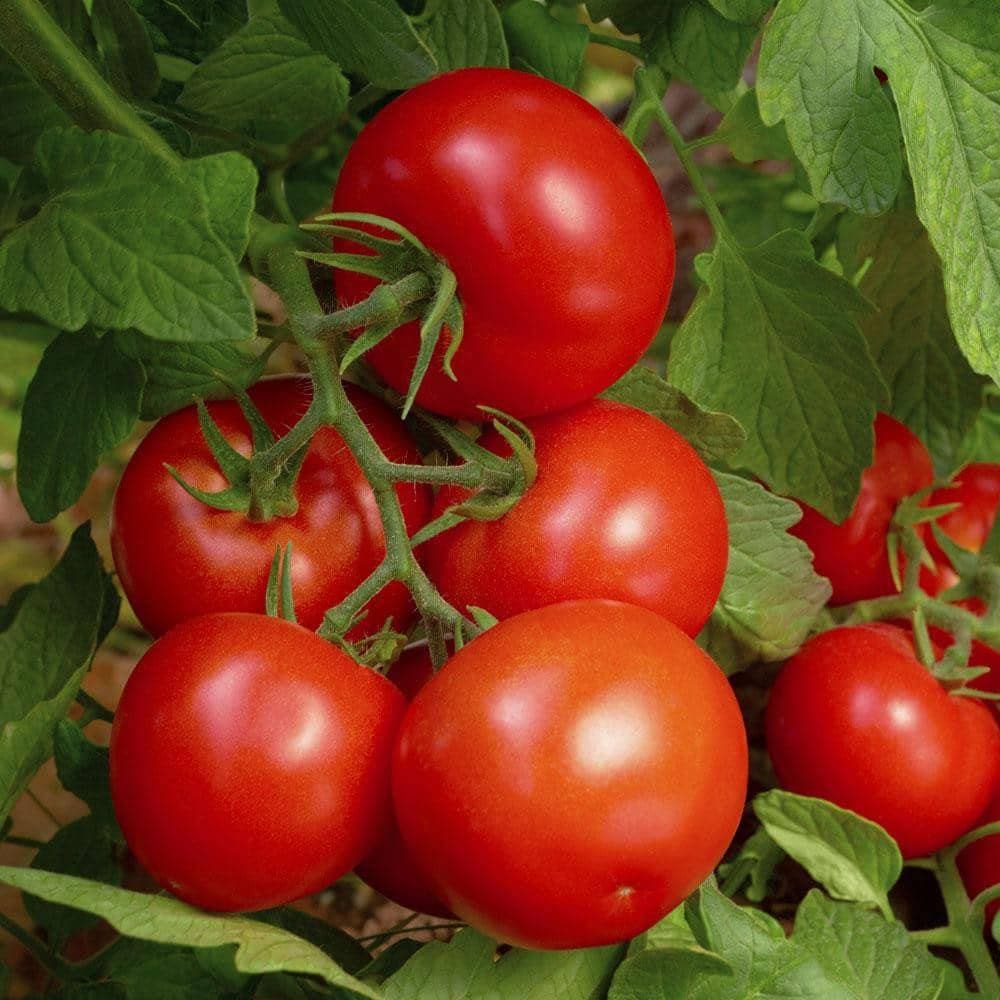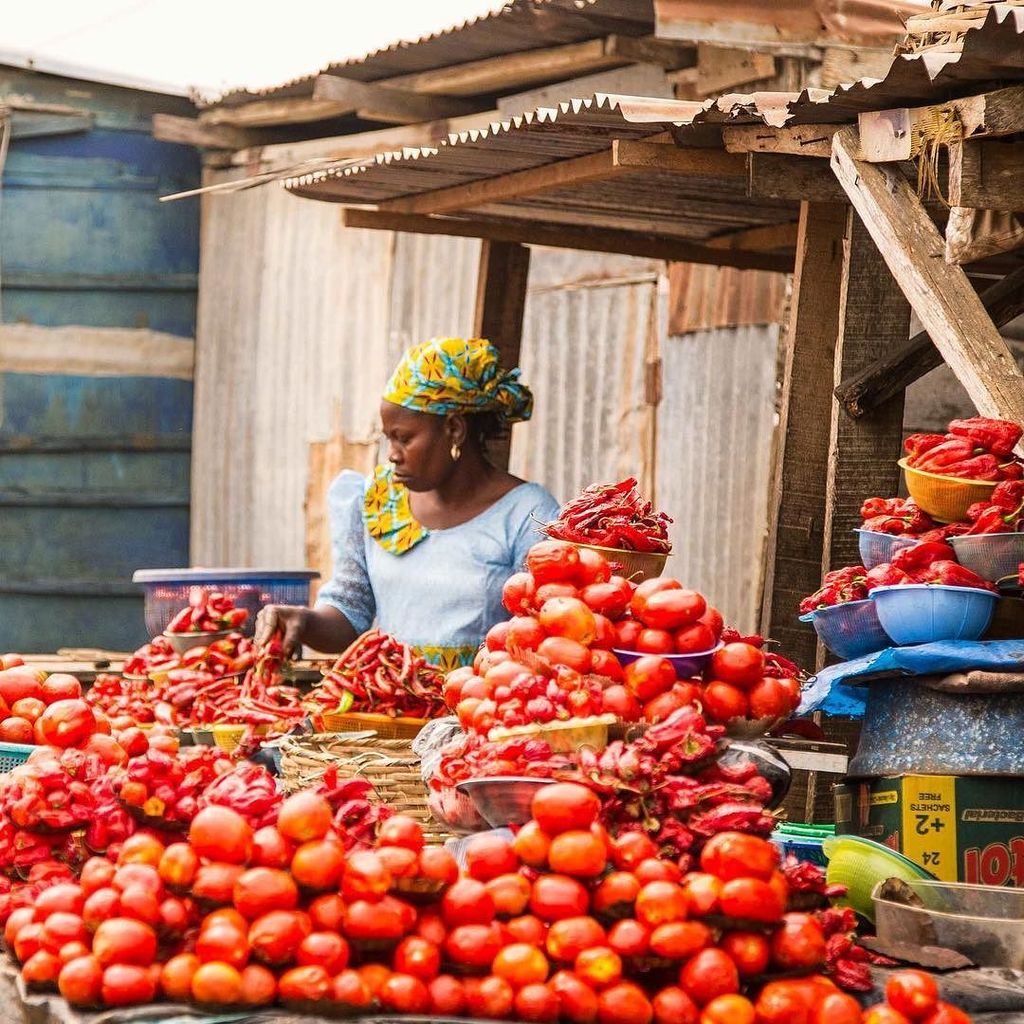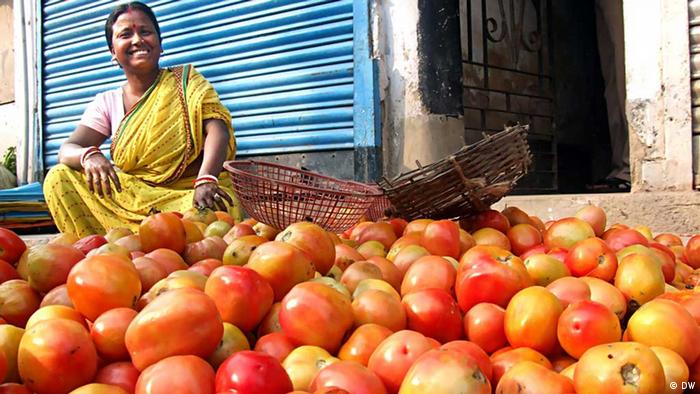68% houses cut consumption, 14% stop buying, as tomato prices surge over 300%: Survey

68% houses cut consumption, 14% stop buying, as tomato prices surge over 300%: Survey
According to a survey conducted by LocalCircles, as tomato prices have risen by over 300 percent, a significant impact has been observed on household consumption patterns. The survey reveals that 68 percent of households have reduced their consumption of tomatoes, while 14 percent have completely stopped using kitchen essentials that include tomatoes.
The steep increase in tomato prices has led to a significant burden on household budgets, prompting consumers to make adjustments in their food habits. With such a substantial price surge, a majority of households have resorted to cutting down their consumption to manage their expenses.

This reduction in consumption can have implications on the nutritional value and taste of meals prepared at home. Furthermore, the survey indicates that a considerable proportion of households, approximately 14 percent, have taken more extreme measures by completely eliminating the use of kitchen essentials that include tomatoes.
This suggests that these households have found alternative ingredients or have adjusted their recipes to accommodate the absence.
The rising prices can be attributed to various factors such as supply-demand imbalances, weather conditions affecting crop yields, transportation costs, and market dynamics. These factors, in combination, have resulted in a significant price surge, impacting the affordability and consumption patterns of households.

It’s important to note that surveys provide insights into public sentiment and consumer behavior, but the findings may not represent the entire population. However, the LocalCircles survey sheds light on the adverse consequences of soaring prices, with a majority of households reducing their consumption and a significant portion discontinuing the use of kitchen essentials.
Over the past three weeks, there has been a significant surge in tomato prices across various cities, impacting both retail and wholesale markets. On June 24, the prices were in the range of Rs 20-30 per kilogram, but they have now soared to as high as Rs 180 per kilogram, and even up to Rs 220 per kilogram for certain varieties or good quality tomatoes.

This sharp increase in tomato prices within a short span of time indicates a severe imbalance in supply and demand. Various factors contribute to this price surge, including weather conditions affecting crop production, transportation costs, market dynamics, and other supply chain challenges. The combination of these factors has created a situation where the available supply of tomatoes is unable to meet the rising demand, leading to a rapid escalation in prices.
The impact of such soaring prices is felt not only by consumers but also by businesses that rely on tomatoes as a key ingredient or component of their products. Retailers, restaurants, and food service establishments may be forced to adjust their pricing or find alternatives to cope with the higher costs.
It’s worth noting that the increase in tomato prices can have broader implications as tomatoes are a widely used staple ingredient in various cuisines and food preparations. Higher prices not only impact household budgets but also have the potential to disrupt market dynamics and consumer behavior.
The specific price variations mentioned for Delhi reflect the situation in that particular city, and the extent of the price surge may vary across different regions and markets. However, the substantial increase in tomato prices highlights the challenges faced by both consumers and businesses in dealing with the current market conditions.
According to government data, the prices of tomatoes have witnessed a staggering increase of 326.13 percent in the last month. This surge in prices has put significant financial pressure on consumers. In response to the rising prices, the National Cooperative Consumers’ Federation of India (NCCF) has initiated the sale on mobile vans in Delhi-NCR at a discounted rate of Rs 90 per kilogram to provide relief to consumers.
A survey conducted in this regard revealed that around 87 percent of consumers reported paying more than Rs 100 per kilogram during their most recent purchase. Only 13 percent mentioned paying less than Rs 100 per kilogram, potentially in rural areas or places where they are locally grown. These findings highlight the widespread impact of the price increase, with the majority of consumers facing the burden of higher prices.
The survey aimed to understand the price range experienced by households, asking them to describe the price they paid most recently. The results indicate that a significant proportion of consumers are grappling with the elevated prices, which may strain their household budgets and influence their consumption patterns.
The introduction of mobile vans selling tomatoes at a discounted rate by the NCCF aims to alleviate some of the financial strain on consumers. However, the underlying factors contributing to the surge in tomato prices, such as supply-demand imbalances and market dynamics, would require further attention to achieve long-term stability and affordability.
The survey received a significant number of responses, totaling 10,972, which provide insights into the prices paid for tomatoes by households. The responses indicate that 41 percent of respondents stated that they are paying between Rs 100-150 per kilogram for tomatoes. Additionally, 27 percent of households reported paying Rs 150-200 per kilogram, while 14 percent mentioned paying Rs 200-250 per kilogram. Furthermore, 5 percent of respondents stated that they are paying over Rs 250 per kilogram for tomatoes. On the other hand, 13 percent of households mentioned that they have been fortunate enough to purchase tomatoes for less than Rs 100 per kilogram.
A comparison with an earlier survey highlights the significant increase in the percentage of households affected by higher tomato prices. On June 27, only 18 percent of households were paying more than Rs 100 per kilogram for tomatoes. However, this percentage has risen significantly to 87 percent as of July 14. This demonstrates the rapid escalation of tomato prices and the growing impact on consumers’ budgets and purchasing power.
The comparative study reveals the worsening affordability of tomatoes over a relatively short period, indicating the strain faced by a large majority of households in acquiring this essential kitchen ingredient.




